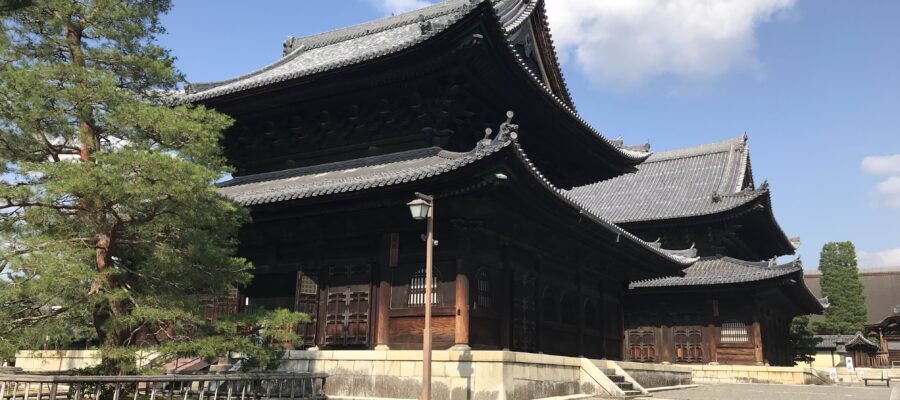庭園だけではない妙心寺の魅力
好きな京都の庭を挙げるとすると、この妙心寺の塔頭寺院である退蔵院にある、狩野元信の庭や中根金作が作庭して余香苑、そして同じく妙心寺の塔頭寺院である桂春院の庭も上位にランクインします。私と妙心寺との出会いは、そのような庭園を訪問したのが始まりでした。
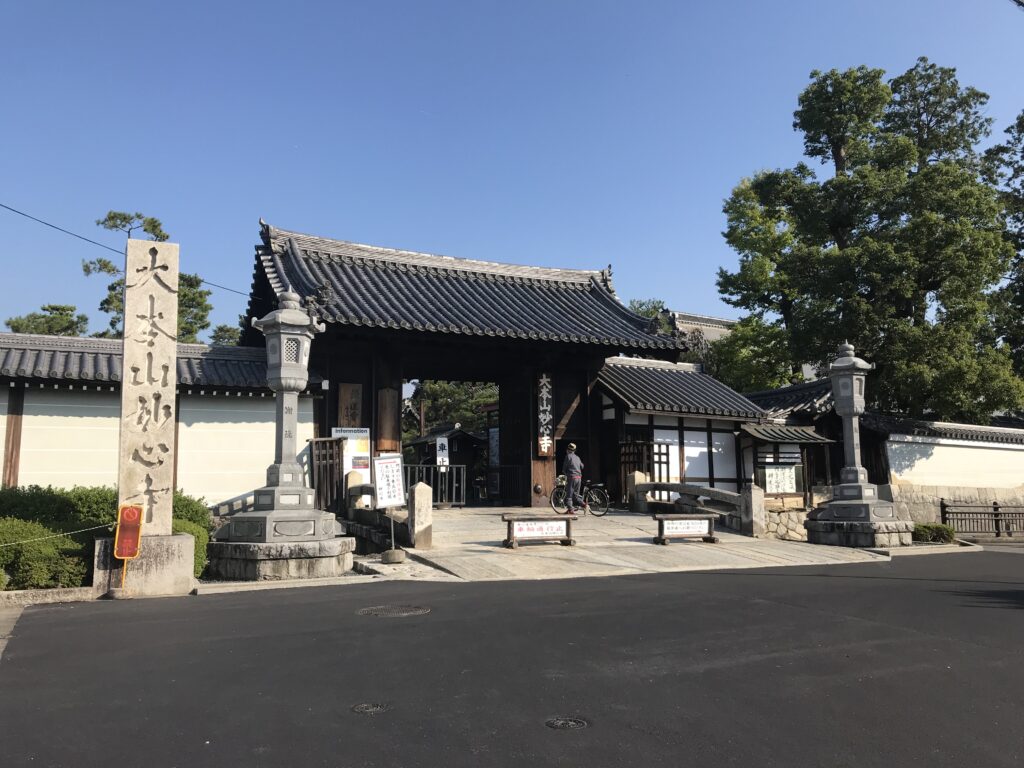
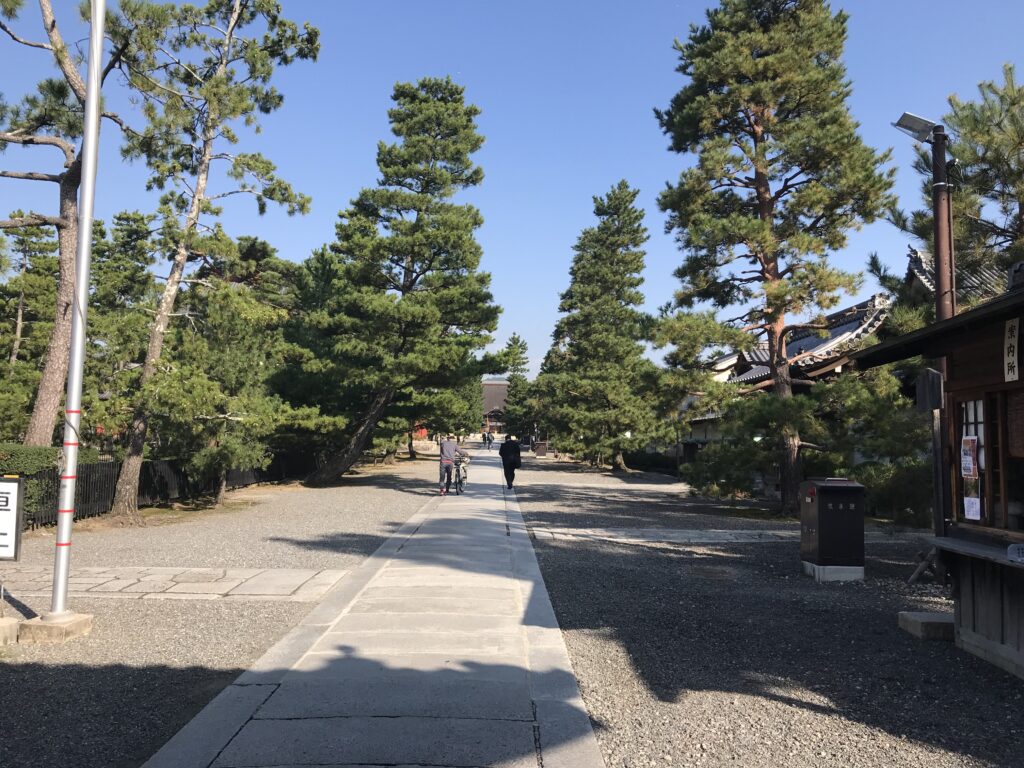
南総門をくぐると、日本最大の禅寺と呼ばれるくらい広大な敷地が広がります。境内を歩いていくと、禅寺らしく一直線に堂宇が立ち並んでいます。最初に朱色に塗られた三門に迎えられます。この西側が退蔵院です。退蔵院には関東の留学生を連れて、座禅、精進料理、庭園の鑑賞を経験してもらおうと企画しています。そして、次に登場するのが仏殿、法堂と並んでいます。
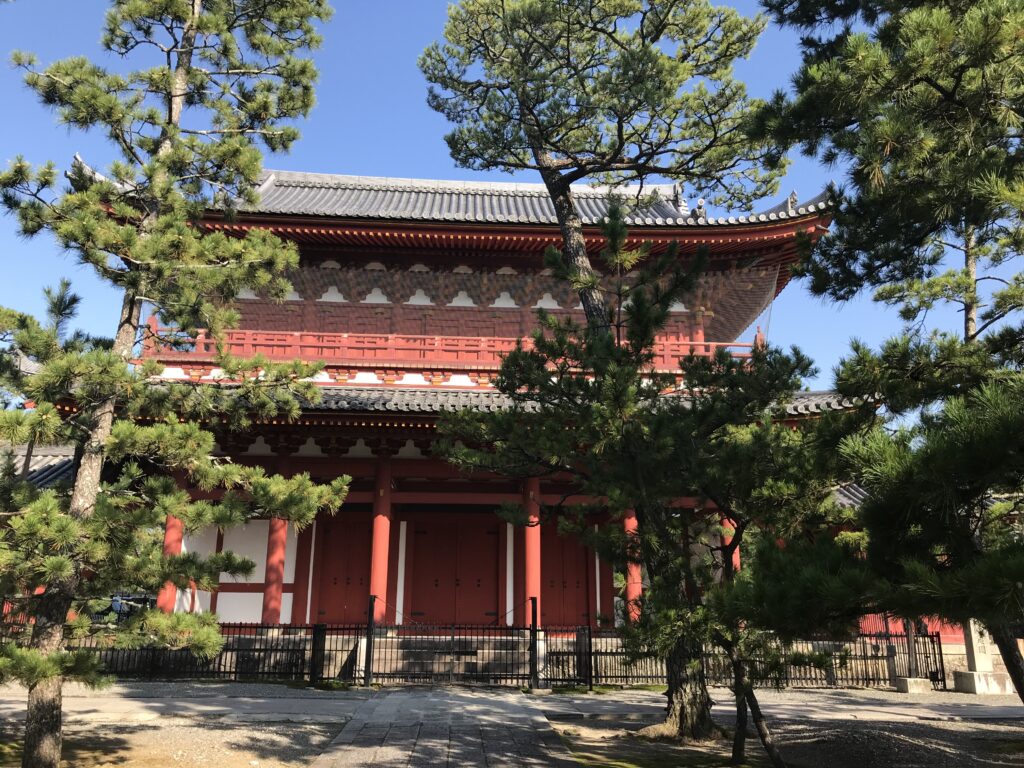
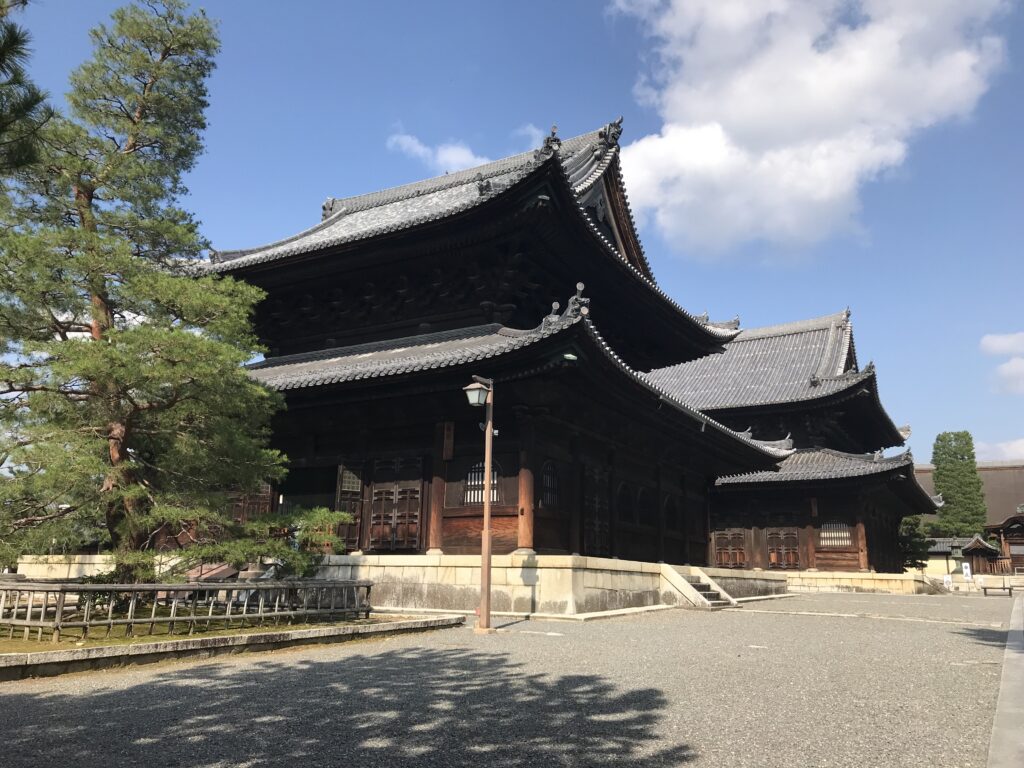
屋根の杮葺きの修理を見学
ある時、機会を得まして方丈の屋根の杮葺きを葺き替える工事を見学させていただきました。ヘルメットを被って、組まれた足場を登っていきます。方丈の中を見学することがあっても、屋根を間近で見学するのは初めてでした。こんな風に木片を打ち付けているんだと、職人さんたちの熟練した技に感動を覚えました。
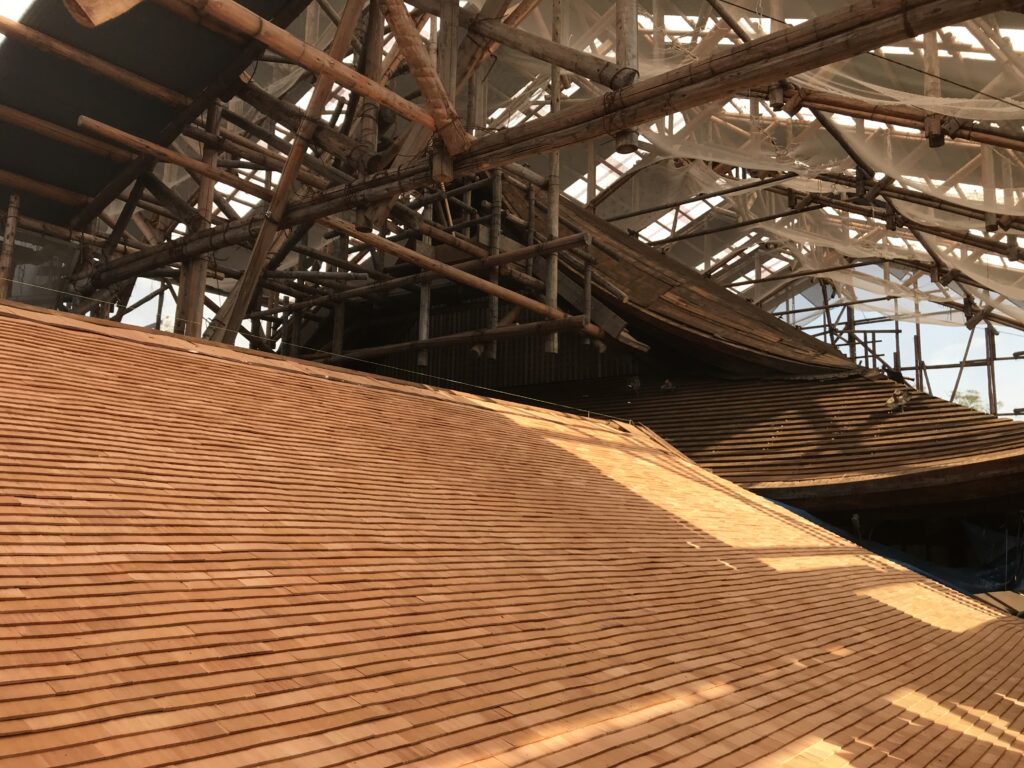
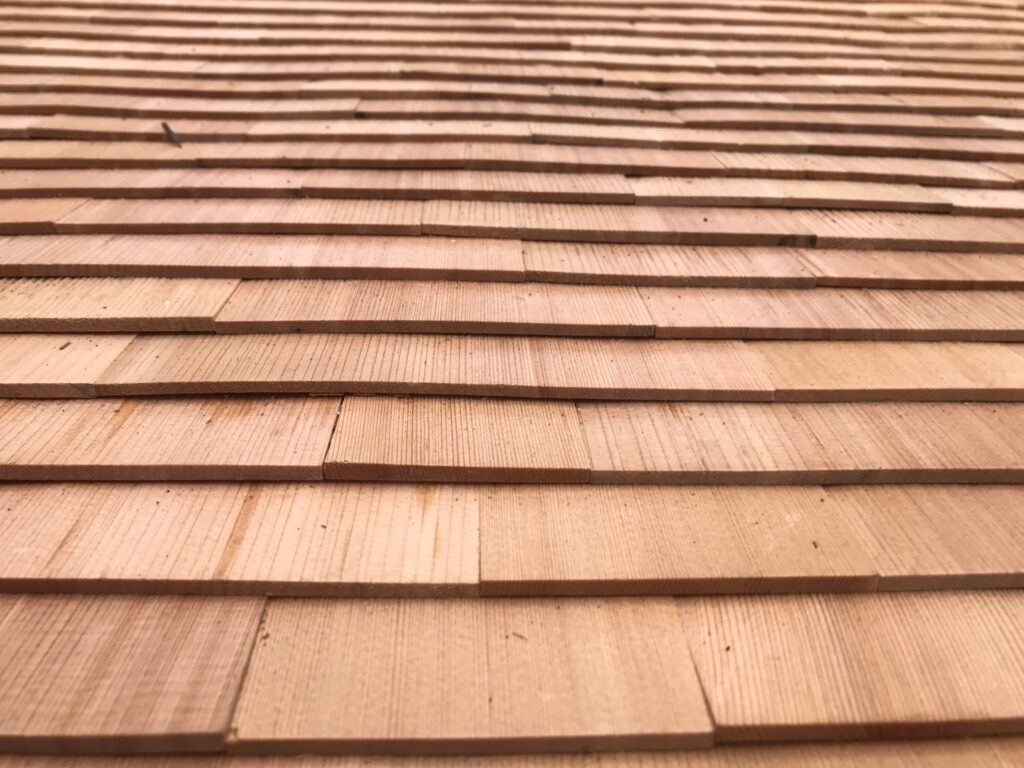
特に屋根の角のところは曲線美を出すために、すごく丁寧に木片を打ち付けながら形ヅ食っています。職人さんたちが横一列に並んで、屋根の棟に平行に木片を打ち付ける様子は、スピード感とリズム感があり、まさにプロの技です。見応えがありました。
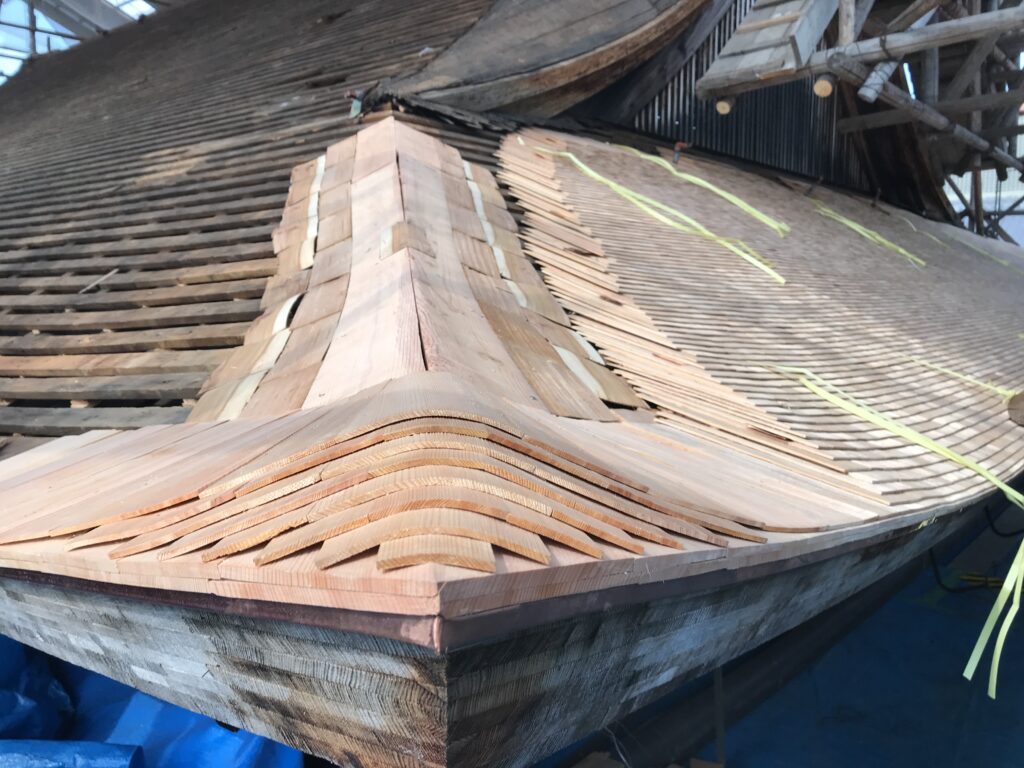
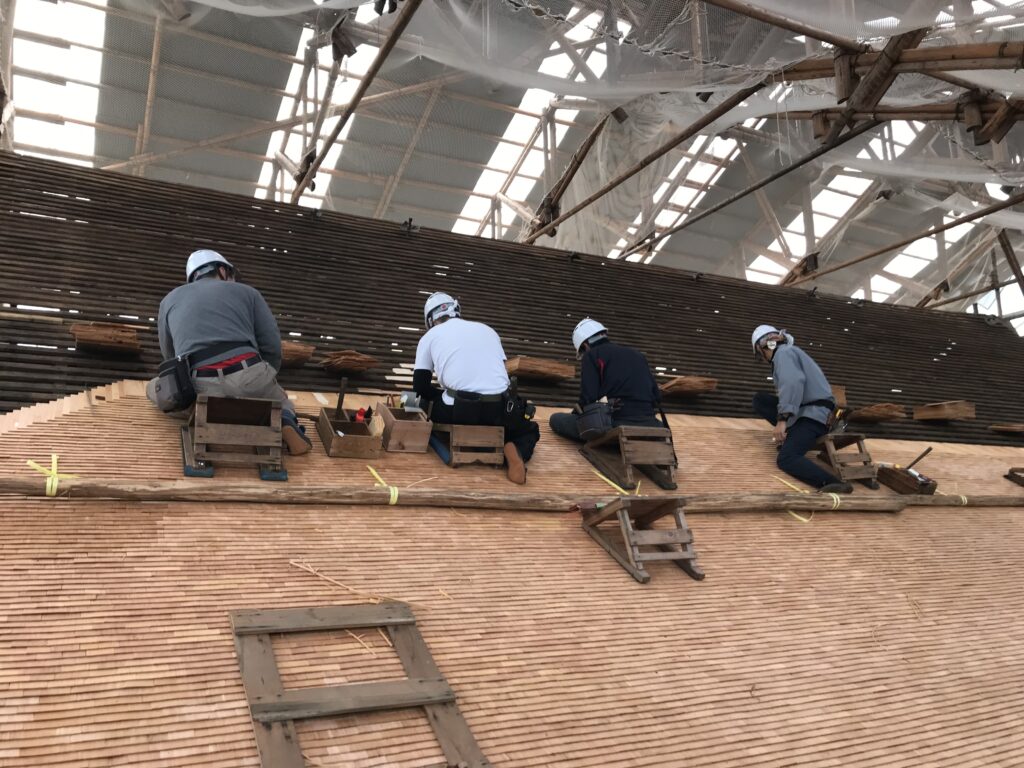
自らも道具を持って体験
もちろん、修復中の屋根そのものではないのですが、木片を独特の道具を使って打ち付ける体験も用意していただきました。西洋釘ではないので、打ち付ける部分が平らな円になっていないので、なかなか上手く打てません。できたくても、体験したことで、今でもしっかりこの時のことを覚えています。
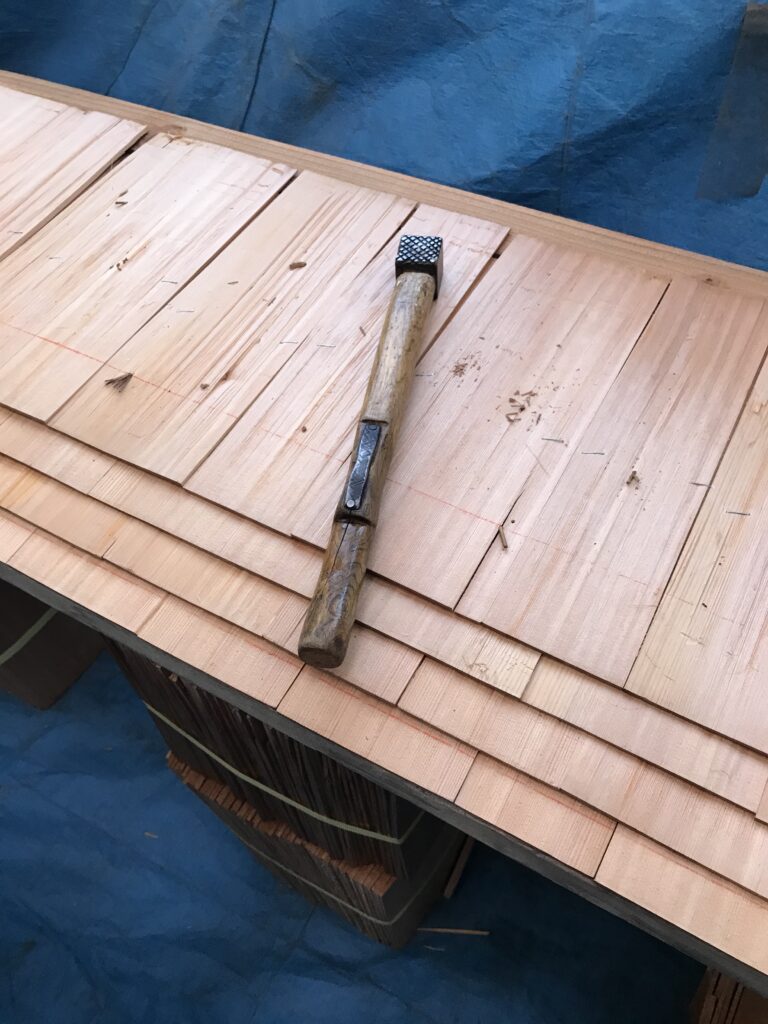
やはり体験って大事ですね。私も、研修生や留学生向けのプログラムを企画する際は、少しでもいいので、必ず何らかの体験を組み込むようになりました。(完)
妙心寺の御朱印
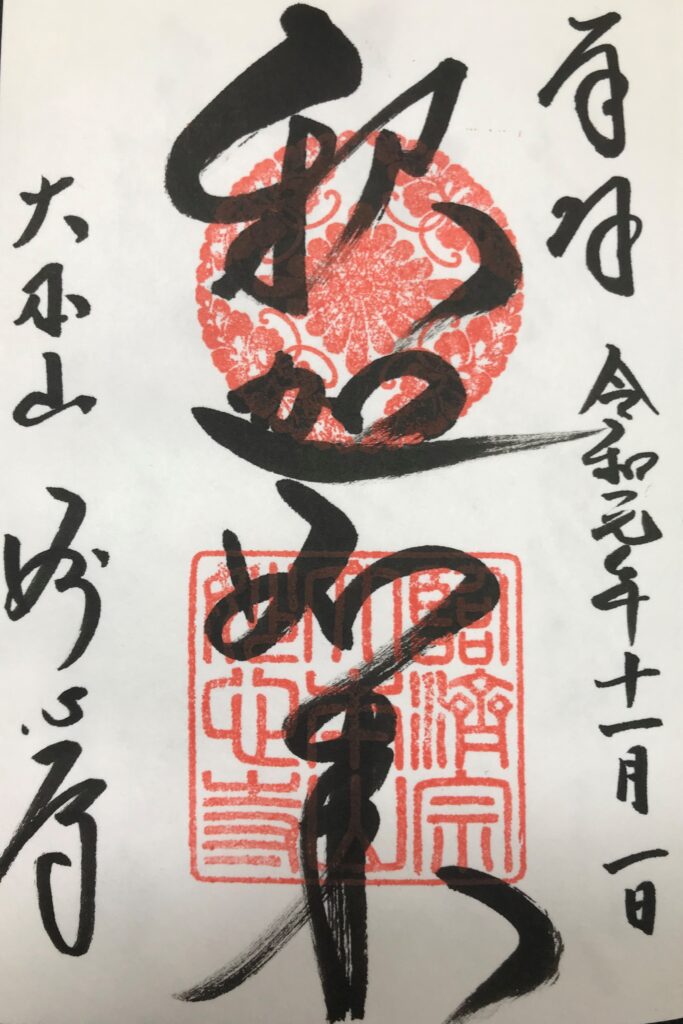
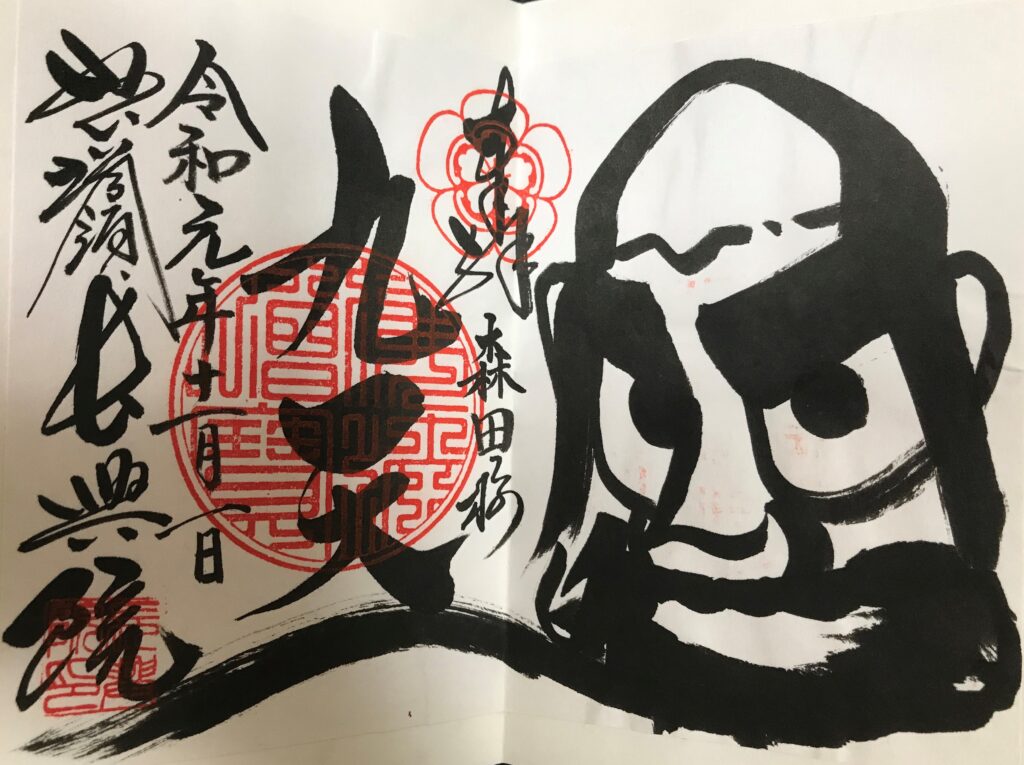
妙心寺が紹介されている書籍
庭園で有名な妙心寺の塔頭寺院、桂春院と退蔵院が紹介されています。
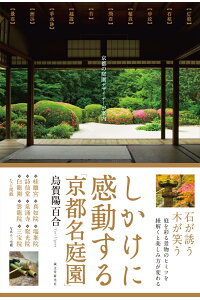
しかけに感動する「京都名庭園」 京都の庭園デザイナーが案内 [ 烏賀陽 百合 ]
価格:1,760円
(2021/5/2 18:44時点)
感想(1件)
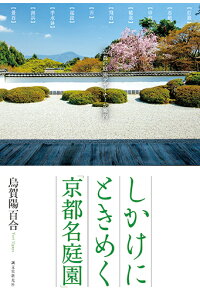
しかけにときめく「京都名庭園」 京都の庭園デザイナーが案内 [ 烏賀陽 百合 ]
価格:1,760円
(2021/5/3 10:53時点)
感想(0件)
Myoshinji Temple
If I were to list my favorite gardens in Kyoto, the garden by Motonobu Kano at Taizo-in, the main temple of Myoshin-ji, the garden by Kinsaku Nakane at Yokoen, and the garden at Keishun-in, also the main temple of Myoshin-ji, would rank high on my list. My encounter with Myoshinji Temple began with a visit to one such garden.
Passing through the south main gate, the temple grounds are so vast that it is called the largest Zen temple in Japan. As you walk through the temple grounds, you will see a row of halls standing in a straight line, as is typical of Zen temples. First you are greeted by the vermilion-painted Sanmon gate. On the west side of this gate is the Taizo-in Temple. We are planning to bring international students from the Kanto region to Taizo-in to experience Zen meditation, vegetarian cooking, and garden appreciation. Then come the Buddhist hall and the Dharma hall, which are next in line.
One day, I had the opportunity to observe the construction work to replace the shingles on the Hojo roof. Wearing helmets, we climbed up the scaffolding. Even though I have visited the inside of the Hojo, this was the first time for me to see the roof up close. I was impressed by the skilled workmanship of the craftsmen who were hammering the wooden shingles together like this.
Especially at the corners of the roof, they carefully hammered the pieces of wood to create the beautiful curves of the roof. The speed and rhythm of the craftsmen lining up side by side and hammering the pieces of wood parallel to the roof’s ridges was truly professional. It was truly a sight to see.
Of course, it was not the roof itself that was being restored, but the experience of hammering the pieces of wood using a unique tool. Since the nails are not western nails, the part to be hammered is not a flat circle, so it is not easy to hammer well. Even though I wanted to be able to do it, I still remember the experience well.
Experience is important, isn’t it? Whenever I plan a program for trainees or foreign students, I always include some kind of experience, even if it is just a small one. (End)
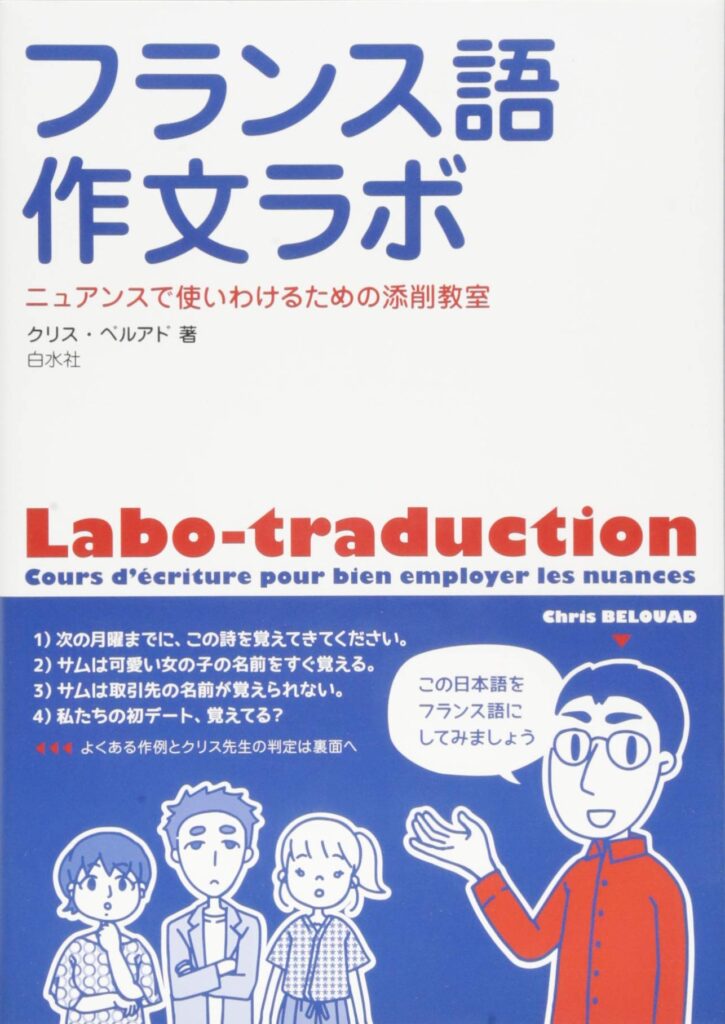
新品価格
¥2,420から
(2022/5/6 23:06時点)
Le temple Myoshinji
Si je devais dresser la liste de mes jardins préférés à Kyoto, le jardin de Motonobu Kano à Taizo-in, le temple principal du Myoshin-ji, le jardin de Kinsaku Nakane à Yokoen et le jardin de Keishun-in, également le temple principal du Myoshin-ji, figureraient en bonne place sur ma liste. Ma rencontre avec le temple Myoshinji a commencé par la visite d’un de ces jardins.
En passant par la porte principale sud, le terrain du temple est si vaste qu’il est appelé le plus grand temple zen du Japon. En marchant dans l’enceinte du temple, vous verrez une rangée de salles en ligne droite, comme c’est le cas dans les temples zen. Vous êtes d’abord accueilli par la porte Sanmon peinte en vermillon. Le temple Taizo-in se trouve à l’ouest de cette porte. Nous envisageons de faire venir des étudiants internationaux de la région de Kanto à Taizo-in pour qu’ils fassent l’expérience de la méditation zen, de la cuisine végétarienne et de l’appréciation des jardins. Viennent ensuite le hall bouddhique et le hall du Dharma, qui sont les suivants.
Un jour, j’ai eu l’occasion d’observer les travaux de construction visant à remplacer les bardeaux du toit du Hojo. Munis de casques, nous sommes montés sur l’échafaudage. Même si j’ai déjà visité l’intérieur du Hojo, c’était la première fois que je voyais le toit de près. J’ai été impressionné par l’habileté des artisans qui martelaient les bardeaux de bois ensemble comme ça.
Surtout aux coins du toit, ils martelaient soigneusement les pièces de bois pour créer les belles courbes du toit. La vitesse et le rythme des artisans alignés côte à côte et martelant les pièces de bois parallèlement aux arêtes du toit étaient vraiment professionnels. C’était vraiment un spectacle à voir.
Bien sûr, ce n’était pas le toit lui-même qui était restauré, mais l’expérience de marteler les pièces de bois à l’aide d’un outil unique. Comme les clous ne sont pas des clous occidentaux, la partie à marteler n’est pas un cercle plat, il n’est donc pas facile de bien marteler. Même si je voulais être capable de le faire, je me souviens bien de cette expérience.
L’expérience est importante, n’est-ce pas ? Chaque fois que je planifie un programme pour des stagiaires ou des étudiants étrangers, j’y inclus toujours une sorte d’expérience, même si ce n’est qu’une petite expérience. (Fin)
